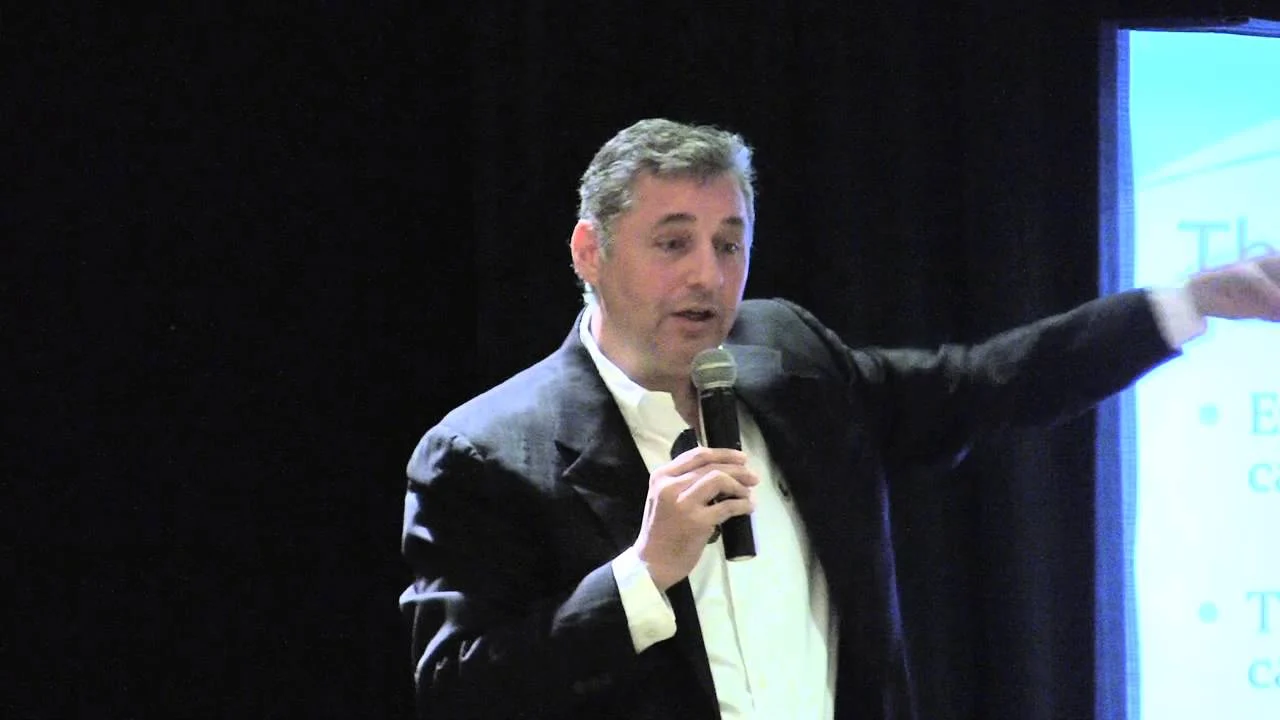John Hussman publishes a monthly article commenting on the market, and he has a bit of a unique way of slicing data. Quant geeks like me love it. If you decide to dive in, put your geek goggles on.
- Looking at the data updated on March 17, 2023, the coming estimated 12-year total annualized returns for a 60% stock, 30% Treasury bonds, and 10% Treasury bills portfolio is 1.03%. As you view the chart, note how the maroon-colored “actual 12-year annual total return” line closely tracked the blue “estimated return” line.
- That means, with Treasury bonds and bills yielding more than 3.50%, the forecast in his model is for negative annualized total S&P 500 returns over the coming 12 years.
- It sure makes a 5%-yielding 1-year Treasury bill look good. TINA (there is no alternative) is gone! This is a viable alternative; thus, not a bullish dynamic for stocks.
More from Hussman:
“The chart below shows our estimate of likely 12-year total returns for a conventional passive investment mix invested 60% in the S&P 500, 30% in Treasury bonds, and 10% in Treasury bills, along with actual subsequent total returns. At present, this estimate stands at just 1.03%, matching the level of August 1929. By contrast, the average return for this conventional portfolio mix across history is just over 7% annually, which is where current pension return assumptions stand. That’s another way of saying that investors are setting their return assumptions based on average historical returns, ignoring the valuations that actually drive those returns.
“Notice that by late-2021, a decade of speculation by yield-starved investors had driven prospective investment returns to negative levels. That’s something that didn’t even occur at the 1929 and 2000 extremes. The sudden crises and financial strains emerging today are just the consequences of the extreme valuations and inadequate risk-premiums engineered by reckless zero-interest rate policies.”

Further, healthy stock markets see the majority of stocks advancing in price. We are not seeing that today. As Jim Bianco pointed out, just “eight stocks are keeping the YTD gains in the S&P 500 positive.”

US Economy
- Durable goods orders, excluding transportation, were flat last month. But capital goods orders edged higher.
- Survey indicators point to weakness ahead for capital goods orders (falling business investment).

- Orders for automobiles declined.

- The PMI report from S&P Global points to a slower contraction in the US manufacturing sector.

- Service firms reported faster growth this month.

- Office vacancy rates are near record highs.

- As an example, San Francisco bridge crossings remain below pre-pandemic levels.

- US banks have tightened lending standards in autos and credit cards this quarter, which will weigh on consumers’ ability to spend.
- The market is increasingly unsure about another Fed rate hike in May and is pricing in almost 80 bps of rate cuts later this year.
- The Dallas Fed’s manufacturing index continues to show slowing factory activity in the region.

- Economists have been upgrading their growth forecasts for this year.

- Economists also boosted their projections for US core inflation in 2023.

- Home prices declined again in January, according to the Case-Shiller index.

- Affordability will remain a headwind for the housing market for some time. This chart shows home prices and wages.

- Fewer companies are talking about labor shortages, but more firms are mentioning job cuts.

- The fourth-quarter GDP growth was revised downwards due to weaker consumer spending compared to the initial report.

- The contribution of consumer spending to GDP growth was the lowest it has been since the onset of the pandemic.

- Moody’s expects further softening in private consumption as households face pressures from inflation and high interest rates.

Market Data
- Let’s take a look at some trends in US small banks.
- Borrowing surged after the SVB collapse.

- Are earnings projections too upbeat, given the expected slowdown in growth?

Quote of the Week
“Quantitative easing “worked” by flooding the economy with so much zero-interest base money that investors lost their minds, driving even long-term interest rates to record low levels, and driving our most reliable stock market valuation measures beyond even their 1929 and 2000 extremes.”
“The simplest thing that can be said about current financial market and banking conditions is this: the unwinding of this Fed-induced, yield-seeking speculative bubble is proceeding as one would expect, and it’s not over by a longshot.”
– John P. Hussman, Ph.D.
President, Hussman Investment Trust
Picture of the Week

All content is the opinion of Brian Decker






